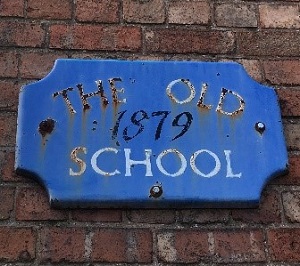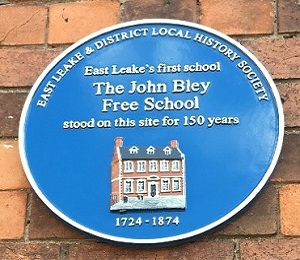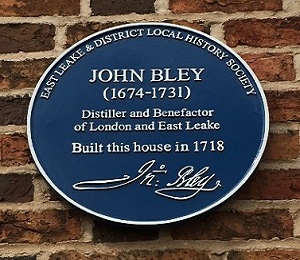Brookside Primary School
Our school is situated in the centre of the village of East Leake, close to the Nottinghamshire, Derbyshire and Leicestershire borders. The school is set in extensive grounds with two playgrounds and a large playing field. We also have our own woodlands – the perfect venue for environmental learning and Forest Schools.
Our main school building was built in 1966. In 2018, a block of three additional classrooms was built to accommodate the increasing pupil number in our popular school.
History of Brookside School
However, East Leake’s first school was The John Bley Free School which was built in 1724 by a man called John Bley. It stood on the site of the old school building for 150 years before it was replaced by a board school. The Old School was built in 1879.
Who was John Bley?
John Bley was born in East Leake in 1674. When he was 15 years old, he was sent to live with his uncle in London where he worked as an apprentice. Seven years later, he became a distiller and by 1703 he had a shop on Thames Street in London, where he lived for twenty years. It was in London that he became an extremely wealthy man. However, his family and friends still lived in East Leake. In 1718 he built a house on Main Street and in 1724 he paid for a school to be built on the site of the old building of Brookside School. When he went to school as a boy, he had to walk to Hoton which was four miles away. John Bley knew it was really important to go to school and so he wanted to provide a school for the children of East Leake.



